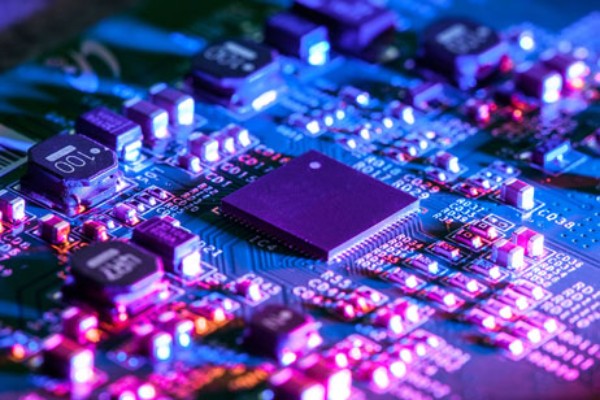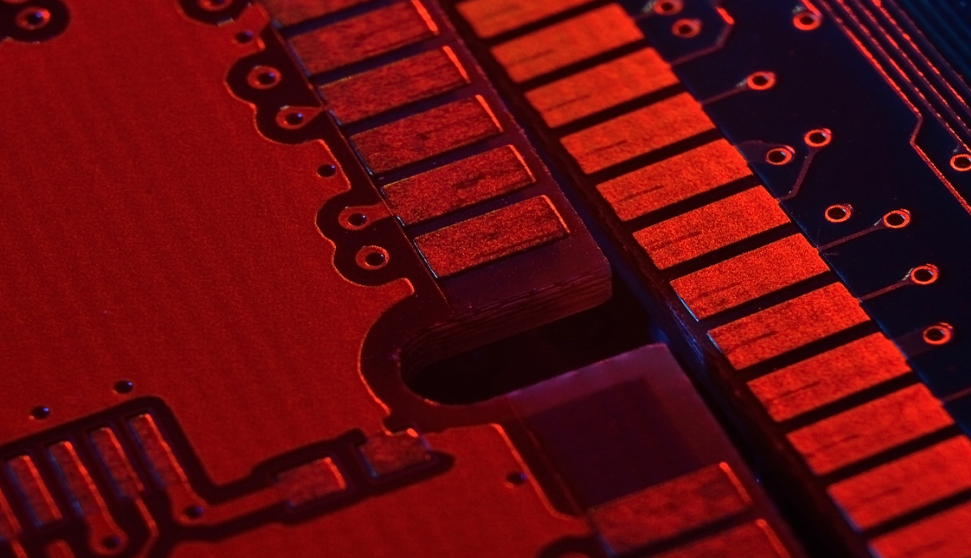bonding/potting and sealing

UV curing in the electronics industry
Manufacturers of electronic components, assemblies and products in markets such as aerospace, automotive, medical and consumer electronics use UV curing to improve productivity and product quality.
UV curing is widely used in electronics applications such as bonding and assembly, component marking, gasketing and sealing, potting, masking, encapsulation and conformal coating. Fast cure and lower temperature UV curing process increases productivity without damaging sensitive electronic components. UV curing enables in-line testing, further assembly, minimizes handling, increases yield and product life – while eliminating the space and energy requirements of thermal curing.

Infrared heating systems for electronics
From automotive electronics to atomic layer deposition of semiconductors, many parts require precise and controlled heating during production.
Advantages of infrared heating: Infrared radiation is transmitted contactlessly and is therefore best suited for heat treatment in vacuum Infrared emitters with a response time of a few seconds are easy to control
Advantages of UV curing
Improve productivity
Reduce WIP
Protects sensitive components and substrates
More durable, reliable products - higher abrasion and chemical resistance, higher bond strength to dissimilar materials
Low energy and space requirements
Advantages of Infrared
Infrared radiation is very effective for heating processes under vacuum
Infrared rays transmit large amounts of energy without any contact
Infrared emitters heat up very quickly and respond to controls in a very short time
Application
Prepared hardwood floors (parquet and strips)
Beading and Trimming
Cupboards and Bathroom Cabinets
Wooden office and residential furniture
Particleboard and MDF panels and components
